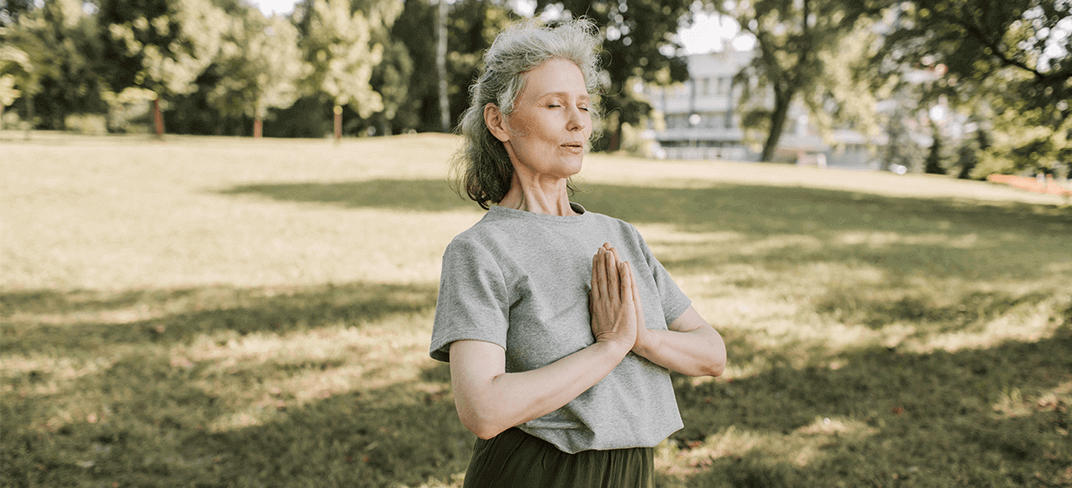Fighting Osteoporosis with Physical Exercise

Editor’s Note: This article was originally published on 12 October 2023 and updated on 14 October 2025.
Numerous studies have shown that physical activity plays a fundamental role in strengthening bones and slowing the onset of osteoporosis. Regular exercise is a powerful ally in the prevention of this condition, effectively targeting the main risk factors and significantly reducing the likelihood of fractures.
Osteoporosis is a disease that progressively weakens the bones, making them more prone to fractures, particularly in the spine, wrist, and femur. So-called fragility fractures can have serious consequences, both in terms of increased mortality risk and reduced mobility. In Italy, according to the Ministry of Health, osteoporosis affects around 5 million people, with about 80% of cases occurring in postmenopausal women. These numbers are expected to rise in the coming years due to the aging population.
Let’s take a closer look at the role of exercise in managing osteoporosis.
Preventing Osteoporosis
To be truly effective, osteoporosis prevention should begin in youth by adopting a healthy lifestyle—crucial for maintaining strong bones. This includes regular physical activity, a balanced Mediterranean diet, avoiding smoking, and moderate alcohol consumption.
It’s also important to remember that calcium and vitamin D are essential nutrients for bone health and are found in good quantities in milk, cheese, and dairy products.
Since bone density loss typically occurs without symptoms, regular screenings are essential. In many cases, the first warning sign may be an unexpected fracture caused by a minor fall, lifting a weight, or even during routine physical activity.
After menopause, all women should undergo regular check-ups, including bone density scans (DXA) at specialized centers, to detect early signs of bone loss and prevent fragility fractures.
Is it Safe to Exercise with Osteoporosis?
Many people with osteoporosis are hesitant to engage in physical activity for fear of injury or fractures. However, exercise is a valuable tool in managing osteoporosis.
Staying physically fit helps strengthen both muscles and bones, and improves coordination, reflexes, and balance—all key factors in reducing the risk of falls, which are among the leading causes of osteoporotic fractures.
What Kind of Exercise is Recommended?
The ideal workout plan for individuals with osteoporosis should combine aerobic and resistance exercises. The choice of activity should be tailored to the person's age, physical condition, and personal preferences.
Low-impact activities such as walking or tai chi are excellent options, as is yoga, which helps improve flexibility. Intensity should be increased gradually, ideally under the guidance of a qualified professional to ensure the exercise is both effective and safe.
On October 21, 2025, take care of your bone health: book the Osteoporosis Prevention Package at a special rate from UPMC Salvator Mundi International Hospital.